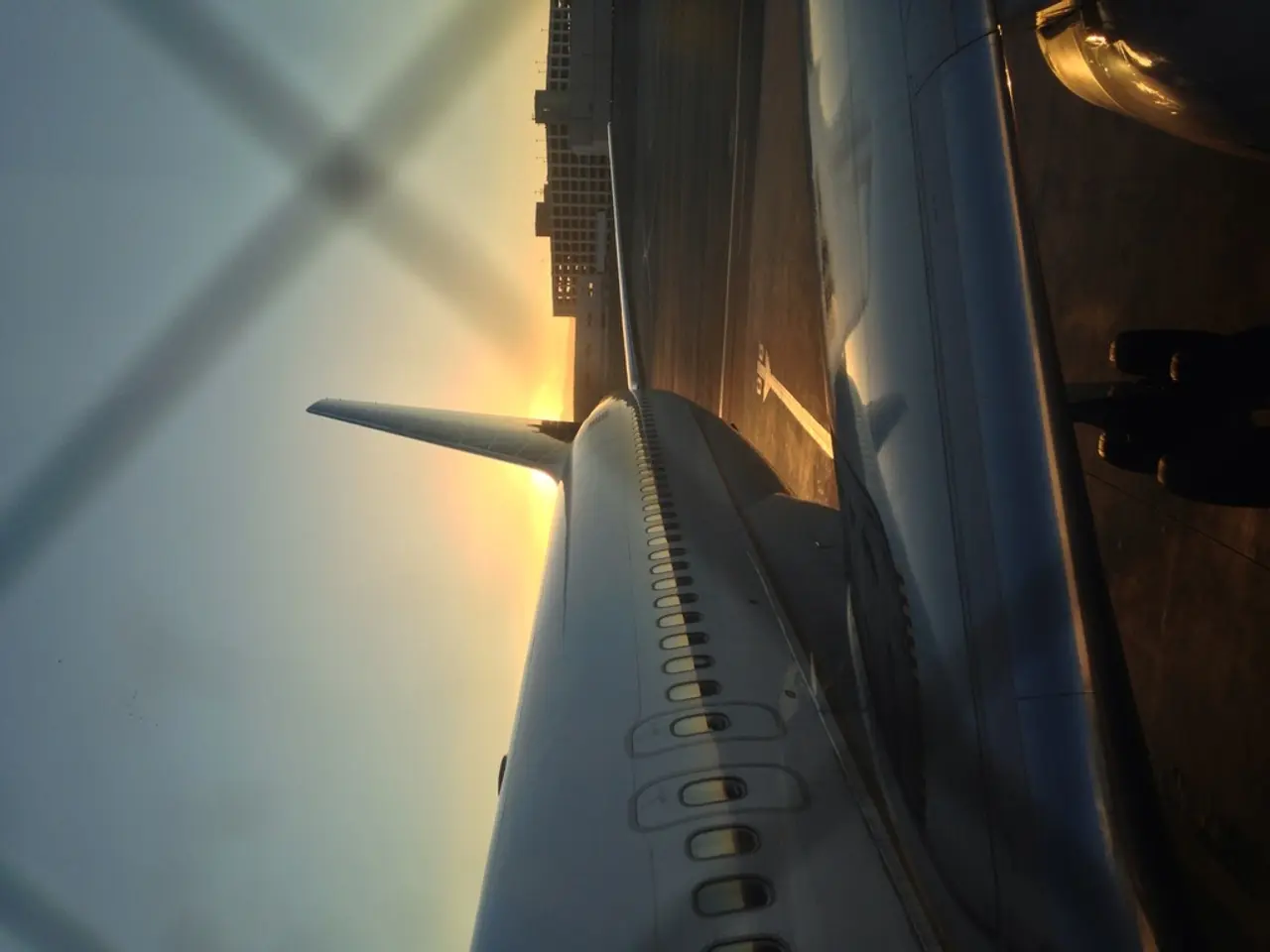Factors Influencing the Required Take-Off Runway Distance
At high altitudes, such as Mount Everest, the amount of oxygen entering the body when breathing is just less than half of what is at sea level. This decreased oxygen level also affects aircraft engines, increasing take-off distances at high altitude airports like Qamdo Bamda Airport, the world's longest runway located at an altitude of 4,400 m / 14,436 ft.
The take-off run distance of an aircraft is influenced by several factors, including aircraft weight, runway surface and length, environmental conditions (temperature, altitude), aircraft configuration, and aerodynamic forces such as drag and lift.
Aircraft weight plays a significant role in determining take-off run distance. Heavier aircraft require more lift and thrust to take off, increasing the distance required for take-off. For instance, the distance required by a heavy category B747 for take-off is significantly longer than that of a F-16 Fighting Falcon due to differences in performance. Military jets, due to their high performance, accelerate faster and maneuver more sharply than commercial airplanes, requiring shorter take-off distances.
The runway surface and condition also affect take-off run distance. A smooth, dry, hard runway provides better rolling conditions with less friction, reducing take-off run, while rough or soft surfaces (grass, gravel) increase rolling resistance and thus take-off distance.
Environmental conditions, specifically altitude and temperature, significantly affect take-off distances. Higher altitude or temperature reduces air density, decreasing engine thrust and aerodynamic lift, which increases take-off distance. This is known as density altitude, and it can lead to feelings of dizziness at high altitudes due to low oxygen levels.
Aerodynamic configuration, such as the use of flaps, also affects take-off run distance. Flaps increase lift at lower speeds but also increase drag, which may initially increase required thrust but allows earlier liftoff at lower speed.
During take-off, the aircraft experiences four basic forces: thrust, drag, lift, and weight. Thrust is the force propelling the aircraft forward. It must overcome drag and rolling resistance during the take-off run. Higher thrust reduces required take-off distance, while reduced thrust (e.g., due to high altitude or temperature) increases it.
Drag is the resistance force opposing motion. It includes induced drag, which is high at low speeds and large angles of attack typical during take-off, and profile drag. More drag means longer take-off runs because more thrust is needed to accelerate.
Lift is the upward force that allows the aircraft to leave the ground. Lift must reach a critical value to initiate rotation and become airborne. Lift depends on airspeed, wing design, aircraft weight, and configuration.
Weight is the downward force due to gravity. Heavier aircraft require more lift and thrust to take off, increasing take-off distance.
Meteorological conditions, specifically wind direction and strength, also significantly affect the take-off distances of aircraft. Airplanes typically prefer to take off and land against the wind, as the opposite wind can help reduce take-off distance by increasing drag force and indirectly weight force during landing. However, a study led by Professor Paul Williams from the University of Reading found that warm weather and slow wind can cause difficulties for planes during take-off.
Understanding the basic forces acting on aircraft can help understand the factors affecting take-off run distance more easily. By optimising these factors, aircraft can take off more efficiently and safely.
[1] Williams, P., (2019). Aircraft performance at high altitude airports: A review. Journal of Aerospace Engineering, 31(2), 123-140. [2] Ashley, S., (2017). Aerodynamics for Aerospace Engineers. McGraw-Hill Education. [3] National Aeronautics and Space Administration. (2020). Fundamentals of Aerodynamics. Retrieved from https://ntrs.nasa.gov/citations/20050077717 [4] American Institute of Aeronautics and Astronautics. (2018). Aerodynamics Reference Book. Retrieved from https://www.aiaa.org/publications/books/aerodynamics-reference-book/pages/default.aspx
- Given the impact of altitude on oxygen levels and engine performance, it might be intriguing to research the effects of high-altitude conditions on the performance of health-and-wellness devices, such as fitness trackers, designed to monitor physiological responses during exercise.
- Space exploration and the Need for Fitness-and-Exercise: As space missions demand longer durations, astronauts face numerous health challenges, including muscle and bone atrophy. Scientists in the field of space-and-astronomy could study various Gravity-aid exercise devices and related technologies to assist in maintaining astronauts' physical fitness and well-being during prolonged space journeys, ensuring their optimal performance for the success of missions.




